Single-layer motorcycle jeans vs Kevlar motorcycle jeans
Published on: 13 April 2022
This is another one of those articles that will only be of interest to some people. Certainly, I would imagine that most Motolegends customers will already know the difference between the two types of construction of motorcycle jeans. But not everybody is so enlightened, so we are putting this video out to explain the difference to those who might still be a little confused. So here goes.
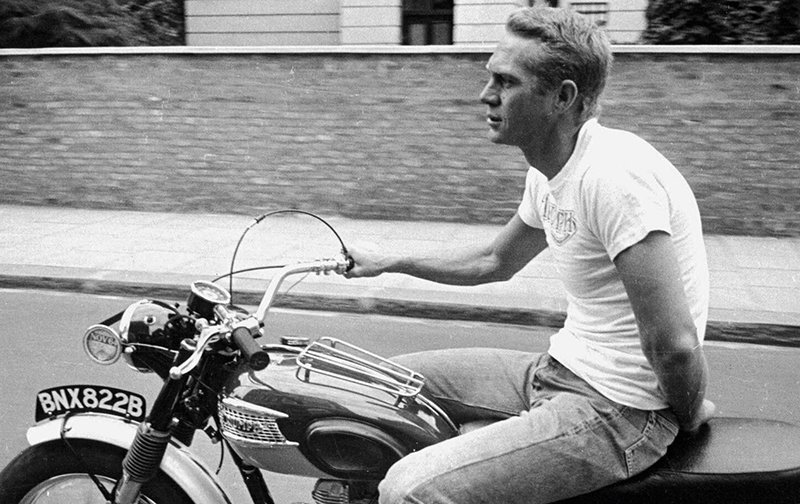
Bikers have been wearing jeans forever. In the fifties and sixties there weren’t that many options; basically as a motorcyclist you had the choice of leather or denim. Leather was more protective, but whilst leather looks great and is very rock and roll, it’s not for everybody. And wearing leather when you’re off the bike requires a certain level of commitment. Which is why generations of bikers chose to ride in jeans. Think Steve McQueen, James Dean, Marlon Brando et al. Bikes were always cool, but riding a bike in a pair of Levi’s was cooler still.
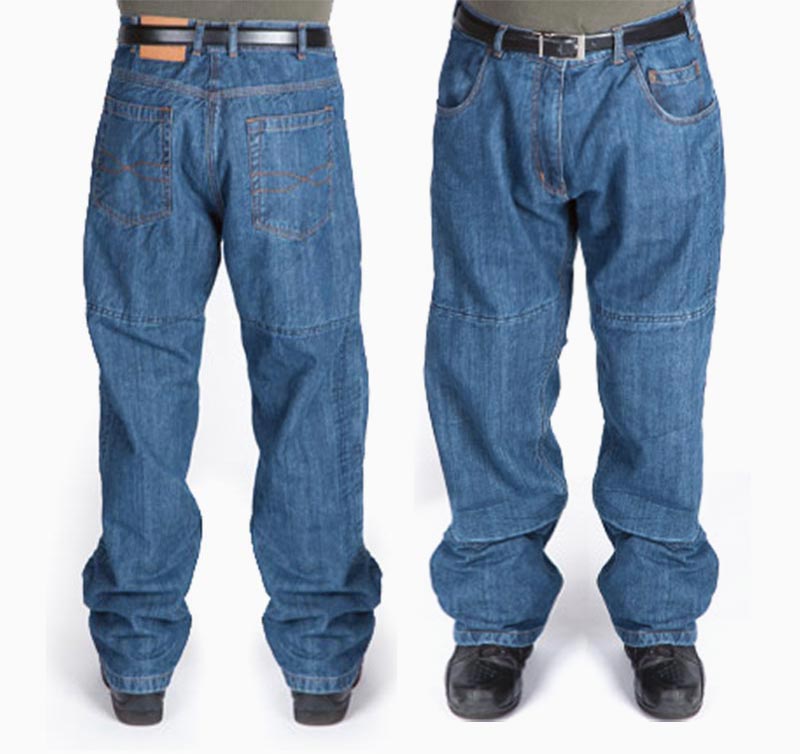
But as bikes got faster, the inadequacies of denim became ever more apparent. It was some thirty years ago that some bright spark thought that it might be a good idea to line a denim jean with this new military-derived fabric known as Kevlar. Those early jeans, by today’s standards, look hideous and they were really not very nice to ride in; but they did a job, providing the rider with a degree of abrasion, tear and puncture resistance.
In the intervening years, the concept has been refined. These days, the makers of protective jeans don’t always use Kevlar, even though such jeans are still known by most people as Kevlar jeans. Kevlar is a brand of aramid weave, but there are many other aramid weaves on the market.
But there is one key problem with all lined jeans. They have a lining!
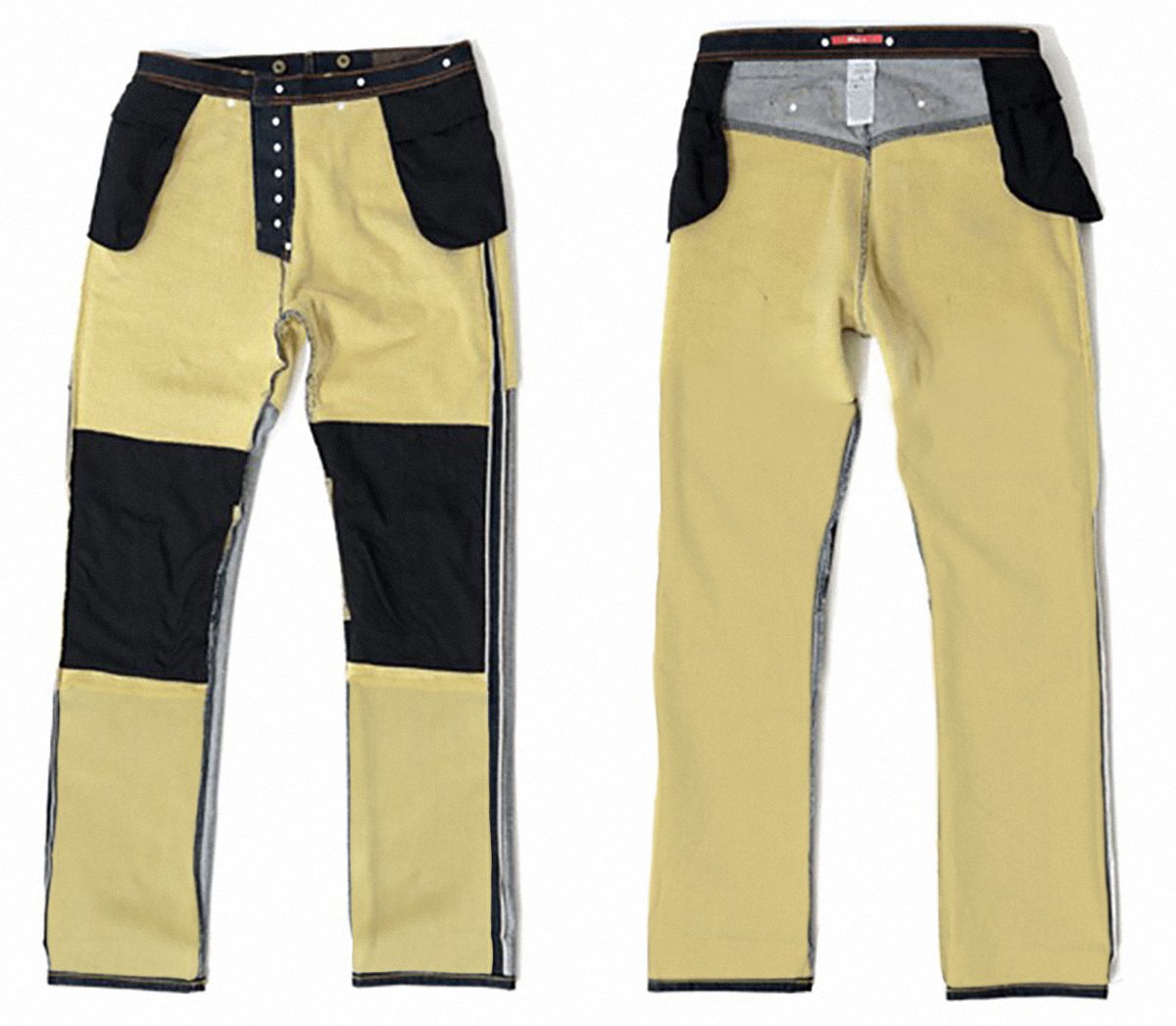
Lined jeans are heavy. And why would anybody want to wear a heavy jean. They are not comfortable. But the main issue is that the lining acts as an insulator and is not particularly breathable. So on those warmer days when you really want to ride in a pair of jeans a Kevlar or lined jean will not be nice to wear.
Nobody gets out of bed on a sunny, summer’s day and says to himself: “Where are my favourite pair of heavy, padded trousers?”
But frankly, for many years, there wasn’t really much of a choice. If you wanted to ride in a pair of jeans, but wanted to protect your skin in the event of an accident, you bought a pair of Kevlar jeans.

It was, I believe, Spidi who developed the first single-layer jean. Spidi has always had a strong jean offering, but as an Italian company they found that many of their compatriots preferred the idea of riding in lighter weight garments. And one only has to drive down the Autostrada to see this: this is a country where many sportsbike riders still think the most appropriate form of dress is flip-flops, a pair of shorts and a Valentino Rossi nylon T-shirt!
Spidi’s early single-layer jeans were pretty basic. They were made with denim interwoven with Cordura, but they were way, way stronger than shop jeans, and so proved popular. Because they had no lining, they fitted like a normal jean. They were as easy to wear as a normal jean. They looked like a normal jean. And in hot weather they were so much nicer to wear than a lined one.
These days there are many, many manufacturers of single-layer jeans, although it would probably be true to suggest that those makers who are big into Kevlar jeans have not transitioned into the 21st Century as quickly as some of the younger, more dynamic brands.
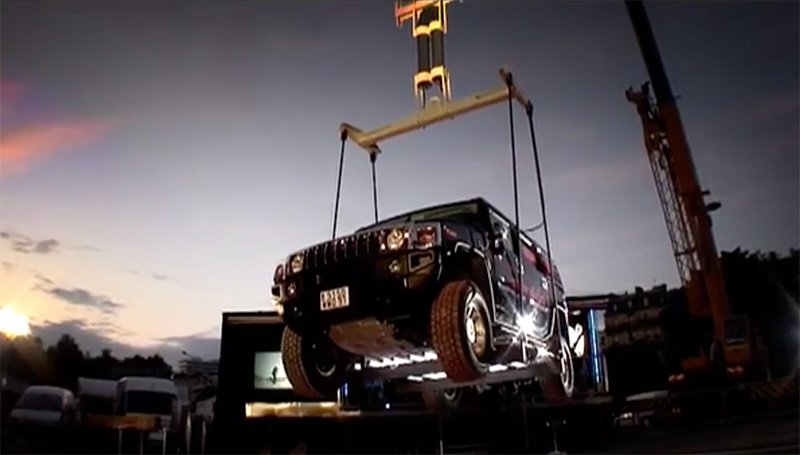
These days, some of the single-layer jeans on the market are truly astonishing. The best and strongest ones are woven with fabrics that are much stronger than those woven with aramid fibres. The very strongest jeans are woven with a material known as a UHMWPE. This stands for Ultra High Molecular Weight Polyethelyne. Even if I could get my head around what a UHMWPE is, this wouldn’t be the place to talk about it. But it’s a super-strong material that is used in the aerospace industry, in the making of bridges, tankers and the like. Apparently, it’s thirty times stronger than carbon steel. I don’t know what that is either, but it sounds pretty strong in its own right. Yet this material is so light it will float on water.
The beauty of single-layer jeans is that they wear just like a pair of regular jeans. They feel just like your Levi’s. They are really nice to ride in, and equally nice to walk around in when you get off the bike. But single-layer jeans really come into their own in warm weather. There is nothing nicer to ride when it’s hot, as they flow the air almost as well as a mesh trouser.
But that doesn’t mean that single-layer jeans are always your best option. In colder weather, there is a case to be made for wearing a Kevlar jeans. They may be heavy. Because of their thick lining, they might not always look particularly fly, but they will help you stay warm.
The oft-asked question is, in our view, somewhat fatuous.
It's a bit like asking what is fastest, an electric car or a petrol-powered car? The answer is that it depends on the model in question. And it’s the same with motorcycle jeans. Some Kevlar jeans are very strong and very abrasion resistant. Some, not so much. Some single-layer jeans are very protective, but again some are not.
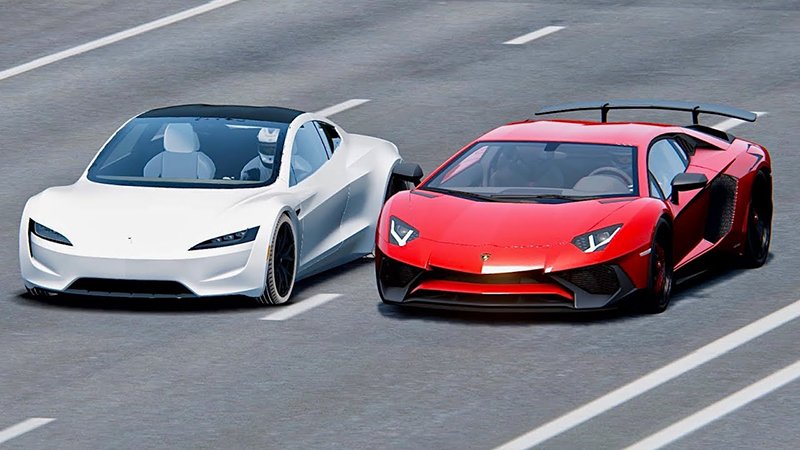
But there is another issue with lined jeans that you don’t get with single-layer jeans. And it’s that some lined jeans are more lined than others. Now the strongest, most protective jeans are 100% lined; these, though, are the heaviest and most uncomfortable. But some lined jeans are only partially lined. Often the lining extends over just 20% of the jean. You might get a small sliver of Kevlar in the seat and some behind the knee armour. Jeans like this might be lighter and easier to wear, but you only get protection in specific, designated areas. The rest of the jean is just standard, not-very-strong denim.
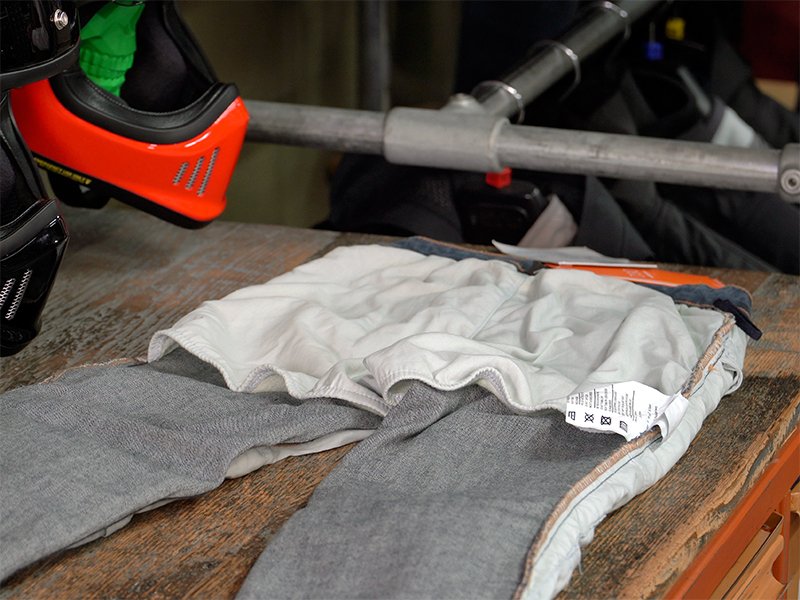
With a true single-layer jean, you get the same level of protection throughout, because the jean is made from the same material throughout the entire construction.
The real difference between single-layer jeans and Kevlar jeans is not, in our view, to do with their relative strengths or levels of abrasion resistance. The difference comes down to comfort and the way they wear both on and off the bike.
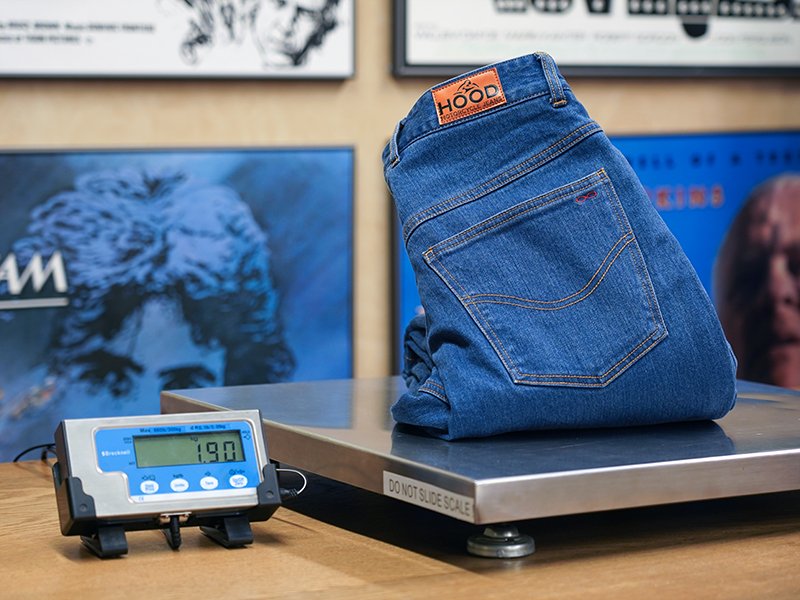
We recently purchased a pair of jeans from a UK maker of Kevlar jeans ; these jeans are 100% lined and rated at AAA under EN 17092. We have no doubt that they are strong and abrasion resistant. But they weigh in at just under two kilogrammes. That’s about three times heavier than a pair of street jeans, and nearly 75% heavier than Rokker’s new, AAA-rated single-layer Rokkertech jeans.
The bottom line is that both single-layer and Kevlar jeans do more-or-less the same job. You can buy more expensive, more protective single layer jeans or less expensive, less protective jeans. Similarly, you can buy more expensive, more protective lined jeans or less expensive, less protective jeans.
What is true, however, is that lined jeans are usually less expensive. And so if you’re on a limited budget, you’ll probably get more bang for your buck with a lined jean. But if your budget is a little more flexible, you will always find that a single-layer jean is nicer to ride in.
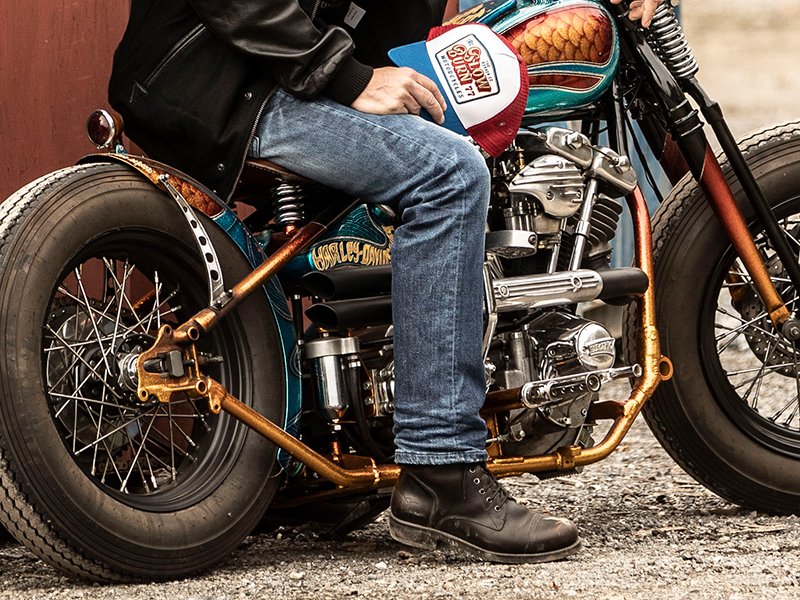
And that’s what it comes down to. We all want to ride safely. We all want to be protected if things go awry. With either type of jean you can decide on the level of protection that you want. But if you value comfort, if you want a jean that is going to wear like a pair of Levi’s, if you want to be able to walk around all day in your bike jeans, and if you want a trouser that is going to flow air when the temperature starts to rise, you are probably going to err towards a single layer jean.
But, as always, that’s going to be a personal choice.
Share this story
































































